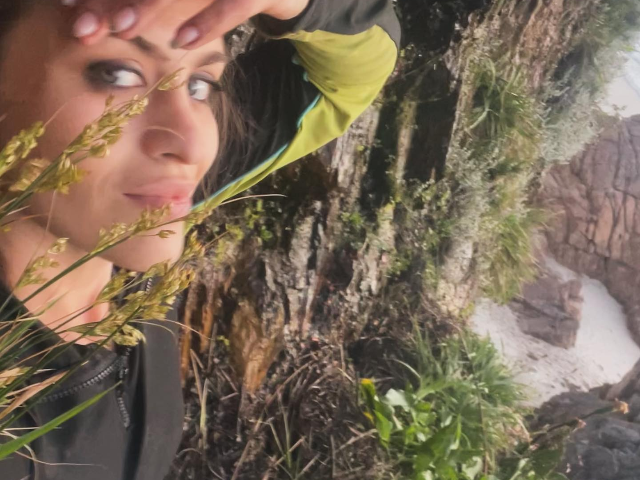
-
Science Explains Why You Love Some Pop Songs
08 Nov 2019 by Carrie in Entertainment, Lifestyle, Music, Science
We all have that song.
You know the one. Every time it comes on your spirits are lifted and the day gets better.
Turns out there’s actually some pretty cool science behind why that happens.
Researchers from institutes in Germany, Norway, Denmark and the UK analysed 80 000 chords in 745 pop songs from the US Billboard “Hot 100” chart between 1958 and 1991.
CNN with what they found:
[Using]a machine-learning model to quantify the level of uncertainty and surprise of these chords, and then asked 39 adult volunteers to rate how pleasurable they found each series of chords.
Each song was stripped of its melody and lyrics so that only chord progressions were left and the results couldn’t be skewed by other associations to the songs that listeners might have had.
They found two things: that participants derived greater pleasure when they were relatively certain what would happen next but then were surprised by an unexpected chord progression.
You know how when the beat drops, the party starts? That’s why.
“It is fascinating that humans can derive pleasure from a piece of music just by how sounds are ordered over time,” Vincent Cheung, the lead researcher on the paper from the Max Planck Institute for Human Cognitive and Brain Sciences, Germany, said in a statement.
“Songs that we find pleasant are likely those which strike a good balance between knowing what is going to happen next and surprising us with something we did not expect. Understanding how music activates our pleasure system in the brain could explain why listening to music might help us feel better when we are feeling blue.”
The Guardian’s Hannah Jane Parkinson once floated a theory that the length of a song also contributes to how we feel about it.
The scientists on this latest study didn’t say anything about length, but they did pick an interesting playlist for participants to listen to.
The songs used in the experiments included James Taylor’s “Country Roads,” UB40’s “Red, Red Wine” and The Beatles’ “Ob-La-Di, Ob-La-Da.”
The findings may help improve artificial musical algorithms and could help composers write music or predict musical trends.
“The idea is that hopefully as a scientist analysing these patterns of pleasure in humans, you can somehow work out where music can go next,” Peter Harrison, a researcher at Queen Mary University, London, who worked on the project, told CNN.
Personally, all of those songs drive me up the wall, but each to his own. They’re also all stuck in my head now, in a weird mashup.
Thankfully, there’s a way to deal with that.
Happy Listening!
[source:cnn]
Latest News
-
Only In Mzansi: Model Left Dangling On Cliff In Baboon Bag Snatching Debacle
[imagesource:facebook/mariana keyser] Mariana Keyser found herself in a proper pickle o...
-
Friday Morning Spice
[imagesource:FMT] Outrage And Hope As ICC Issues Warrants For Netanyahu, Gallant And Deif...
-
Thai Woman Sentenced To Death For Murdering 14 Friends With Cyanide In Shocking Killing Spree
[imagesource: Sararat Rangsiwuthaporn] A woman in Thailand, dubbed 'Am Cyanide' by Thai...
-
René Magritte Painting Sells For Record R2.1 Billion At Auction
[imagesource:renemagritte.org] A René Magritte painting portraying an eerily lighted s...
-
Brave Rape Survivor Alison Botha Faces New Challenge After Brain Surgery
[imagesource: Alison Botha] Gqeberha rape survivor Alison Botha, a beacon of resilience...
-






























